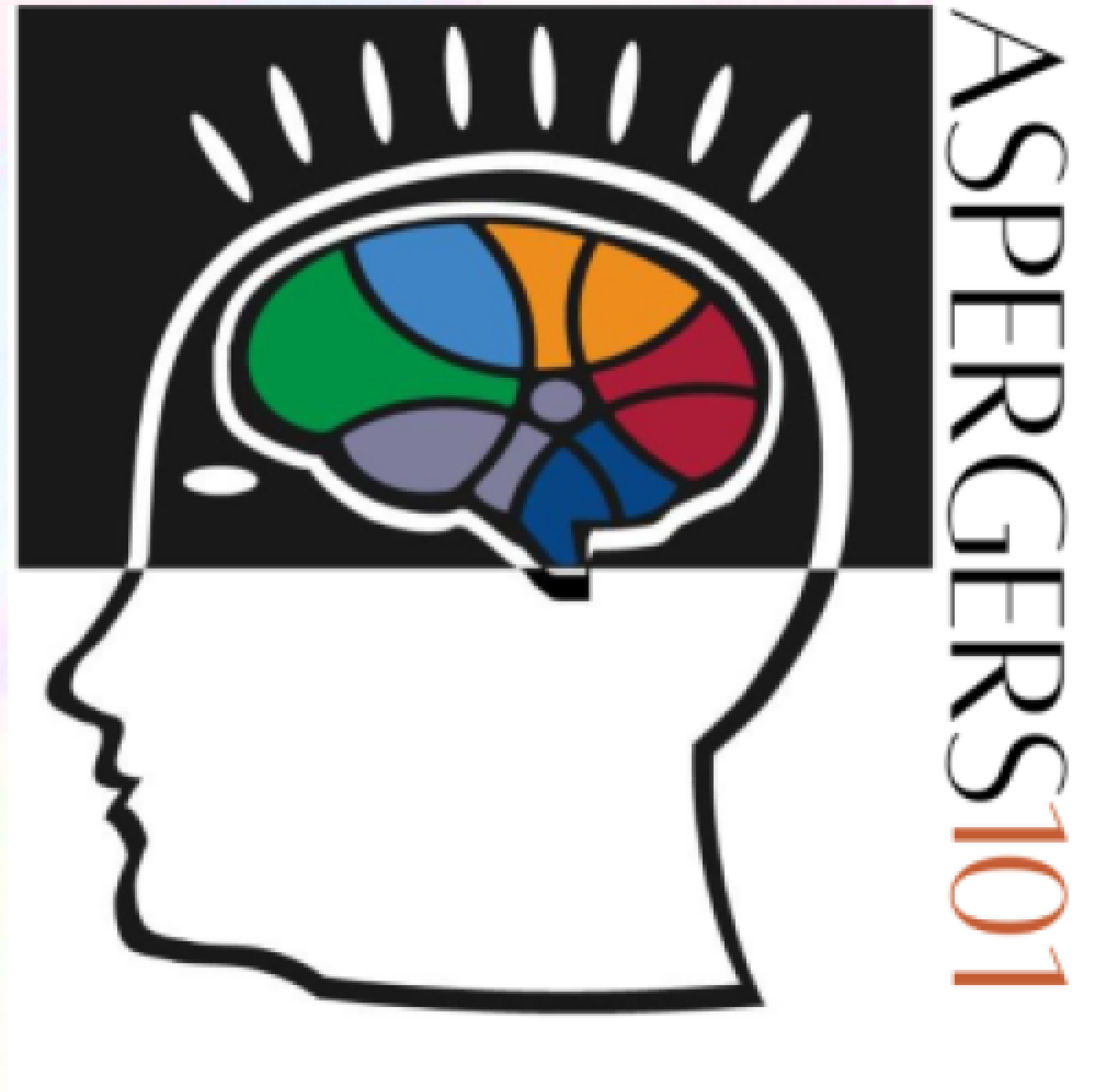Using Narratives to Develop Social Skills
Although there are neurological differences that contribute to gaps in social connectedness, narratives can help to teach how to interact more appropriately and even how to self-regulate. Narratives usually offer key pieces of understanding that help the individual see a situation more fully, and have some strategies with which to navigate that situation more successfully. By including their own feelings about the situation, the individual can also feel “heard” or validated about their perspective.
There have been several pioneers in this type of intervention, most notably Carol Gray of The Gray Center for Social Learning and Understanding , who is the author of Social Stories™. There are several books and many internet resources available on this specific strategy.
A narrative is a brief story or vignette that describes a specific situation with clarifying information. Depending on the challenges presented by the individual, the story or vignette may give insight into why this is important to others, and what they might do differently in order to achieve success in this situation.
There are a variety of presentation styles and options that can be used to meet the needs of diverse learners through narratives.Continue Reading
The Education (K-12) Blogs and Special Ed Q & A are written and maintained weekly by Lisa Rogers with Educating Diverse Learners. Lisa received her M.A. in Special Education with an endorsement in the area of individuals with severe disabilities. Mrs. Rogers has also created products that have been used throughout the state of Texas for training purposes. Through the Association for Texas Professional Educators [ATPE], Ms. Rogers has produced an online course that targets the importance of visual strategies for student with autism spectrum disorders and just released her highly anticipated book titled: Visual Supports for Visual Thinkers.

